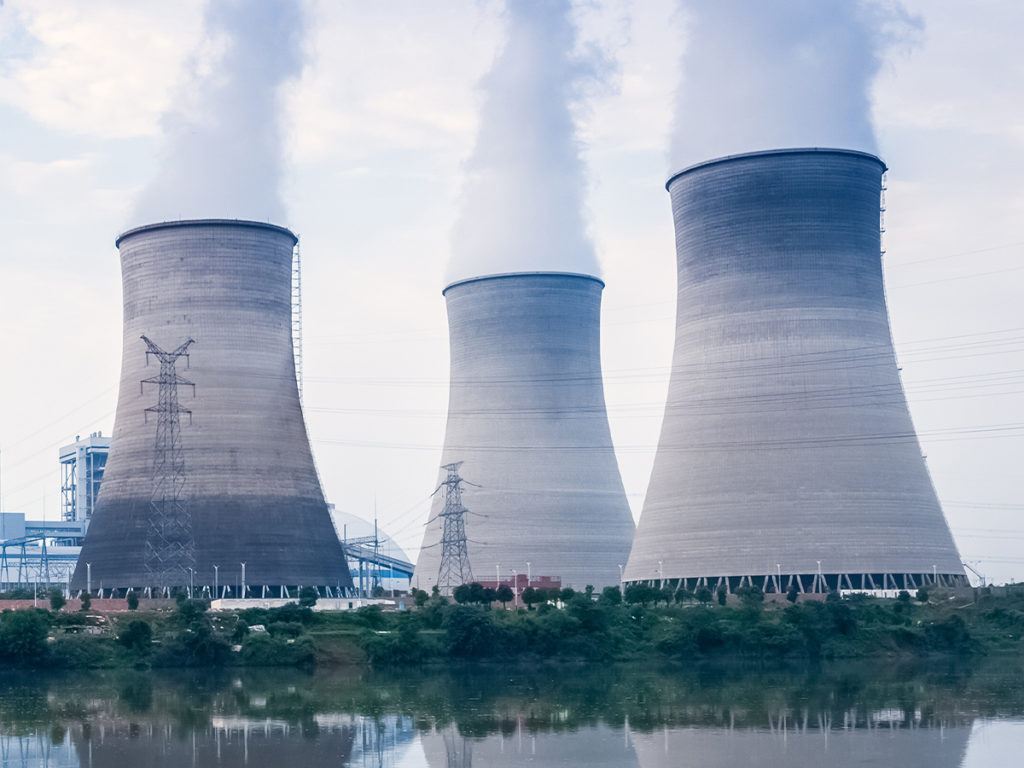You might be wondering what a cooling tower is and how it works. The United States alone runs 50% of the cooling towers worldwide. It is equally utilized by petrochemical plants, electric power generating entities, and other companies that provide comfortable cooling.
Cooling towers have been providing water during the hot season and providing comfort and relief in cities, both rural and urban areas. If you have queries about how cooling towers work and how important these are for the industrial, agricultural, and even commercial sectors – continue reading for more info.
Firstly, What is a Cooling Tower and How Does it Operate?
A cooling tower is a particular type of building that acts as a heat exchanger, wherein hot water temperature is lowered by allowing water and air to come into contact. During this whole process, water evaporation occurs, hence further lowering the water temperature circulated within the cooling tower.
The hot water usually comes from air conditioning condensers. This water is pumped by pipes from outside sources and is directed to the cooling tower. Getting into the nitty-gritty of the process – nozzles inside the cooling tower are used to spray the hot water into devices called the “fill media,” slowing down the water flow and exposing such amounts of water for air-water contact.
The result of this process is water cooling. Because of this constant work, Cooling Tower Parts need consistent maintenance. Neglecting to check up on cooling towers every once in a while may result in accidents caused by electric wiring defects, lighting deficiencies, and engine motor breakdown. As cooling towers are made of combustible materials, immediate fixing and tune-ups are needed upon any sign of weaknesses.
What Is The Importance of Cooling Towers?
Industrial and Commercial Purposes
Industrial cooling towers are considered essential components for refrigeration systems. They are also beneficial for power plants, steel mills, chemical processing plants, and other manufacturing businesses wherein cooling processes are part of their day-to-day operations.
For commercial businesses, cooling towers are also beneficial as they provide comfortable water cooling for buildings such as schools, airports, hotels, or hospitals. Service provided by cooling towers is summarized as HVAC, which means heating, ventilation, and air conditioning.
Presents More Sustainable Practices

Businesses that use cooling tower systems have also reported saving on water consumption, incurring cheaper operating expenses. Water consumption most often would be projected as a significant expense for cooling tower operations. Still, studies show that 98% of the water used in the cooling process is recycled.
This scenario is favorable cost-wise and presents a sustainable approach that boosts consumer confidence. Communities nowadays are more attracted to eco-friendly and environmentally-advantageous practices, and having a cooling tower might bring in a larger market for your business.
Useful for Highly Industry-Specific Establishments
Some businesses particularly need a cooling tower for specific operations. One of such are data centers. Computers in data centers are used 24/7 and have high power consumption. As these computers are expected to function non-stop, it is highly likely that these machines get hot, which may slow down performance.
Computers in data centers need to be constantly running on the clock; hence cooling tower systems are efficient structures that can be utilized for air conditioning around the data facility. Other benefits of water cooling systems provided by cooling towers are: increase in server density, less energy required, increased reliability on infrastructure, and an improved work environment.
Takeaway
Indeed, cooling towers are integral components that run different businesses and establishments in various industries. By understanding how cooling towers work and how companies may greatly benefit from such infrastructure, you may take the leap and employ the services a reliable cooling tower system can provide.






